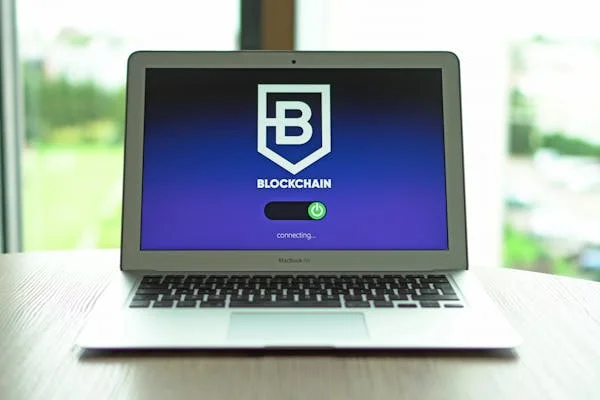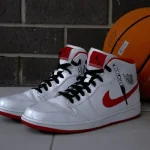Decentralized autonomous organizations (DAOs) are expanding and growing their reach and impact, which consequently has led to more intricate coordination of governance rules across various blockchain systems.
Here’s where DAO aggregators come into play – forging a strong solution to help DAOs make quicker decisions, promote effective cross-platform interaction, and bolster community involvement.
Consider platforms such as LI.FI. They are significant drivers in this change, guaranteeing more efficient governance procedures through the ease of cross-chain transactions.
What are DAO aggregators?
DAO aggregators serve as connecting links, binding the various facets of decentralized governance. These utilities simplify the process for DAO participants by offering easy-to-use consoles, voting systems, and data analysis tools, thereby amplifying the ease and efficiency of governance.
Thanks to the incorporation of blockchain compatibility solutions, DAO aggregators create a smooth path for members to get involved in numerous networks without any hurdles.
One of the main challenges DAOs face is coordinating governance activities across different blockchains. This is where interoperability solutions such as Connext Network come into play. Connext enables secure and seamless communication between chains, a critical feature for DAOs looking to enhance their coordination capabilities.
Why is interoperability important for DAO aggregation
Interoperability is the fundamental building block in successful DAO assembly. Without the proficiency for exchanging and disseminating data across multiple blockchains, decentralized governance could become disjointed and ineffective.
There’s no exaggeration to say that it’s as significant as the sound of a beating drum to the rhythm of a song. Now, is Connext Network a key player in this sphere? Absolutely. It constructs the crucial backbone that lets DAOs link up their governance tools over various systems, guaranteeing proposals, votes, and treasury handling that are consistently unified.
Platforms like LI.FI add another layer of efficiency by enabling cross-chain asset swaps, ensuring that DAO participants can seamlessly engage with governance no matter which blockchain their assets reside on. This synergy between interoperability platforms and DAO aggregators is crucial for achieving the decentralized vision.
Benefits of DAO aggregators in governance coordination
The benefits of DAO aggregators are the following:
- Better reach: DAO aggregators work beautifully by blending various governance methods into one accessible, user-friendly platform, making it easier for community members to get involved.
- Optimized decision-making: They offer handy tools that pull together votes and suggestions from various blockchains. Result? No more duplication or wastage of effort. More efficiency.
- All-round treasury management: When it’s about ensuring smooth, watertight treasury operations without any hiccups, no matter the blockchain network, trust interoperability tools like Connext and LI.FI. They help DAO aggregators maintain just that.
- Transparency upped: Keeping an eye on what’s going on within your DAO has never been easier as aggregators present dashboards that monitor and exhibit governance happenings.
Real-world applications of DAO aggregators
Several DAOs are already leveraging aggregators to coordinate governance. For instance:
- Investment DAOs use aggregators to pool and deploy capital across different blockchain ecosystems.
- Protocol DAOs rely on these tools to manage upgrades and community proposals in a synchronized manner.
- Social DAOs enhance member participation by offering a unified platform for discussions and voting.
The importance of Connext Network in these situations cannot be amplified enough. Through facilitating dependable inter-chain exchanges, it sees to it that DAOs can function effectively within a variety of blockchain environments. Matched with LI.FI for effortless asset shifts, the prospects for DAO aggregation suddenly skyrocket.





